The Aztecs really liked sacrificing people
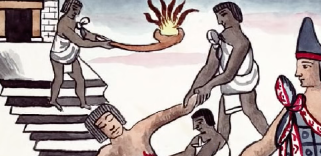
Aztec culture is famous for its enthusiastic approach to human sacrifice and, for once, the media actually doesn’t over-exaggerate things. The Aztecs absolutely loved sacrificing people, and they were brutal about it. Victims were brought to the top of a pyramid and restrained, at which point a high-priest would make an incision in their abdomen with a ceremonial dagger before reaching into their chest cavity and removing their still-beating heart. It has been estimated that – at the height of the civilisation – the Aztecs sacrificed around 250,000 people every single year.
Audiences often bled themselves during rituals
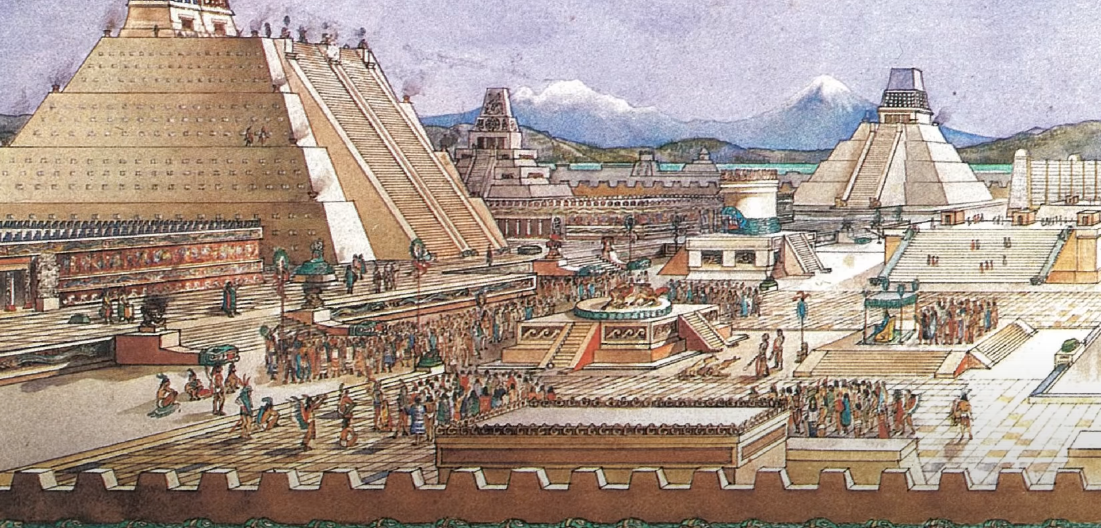
Aztec rituals and ceremonies were bloody affairs, generally involving both human and animal sacrifices. Vast crowds gathered to watch the proceedings, and they would often bleed themselves – normally by pricking themselves with thorns that would then be presented as offerings – when the sacrifice was made. It was believed that spilling blood would wash away sins that had been committed and appease the gods, who, in turn, would grant good fortune and ensure prosperity.
The Aztecs likely ate their human sacrifices
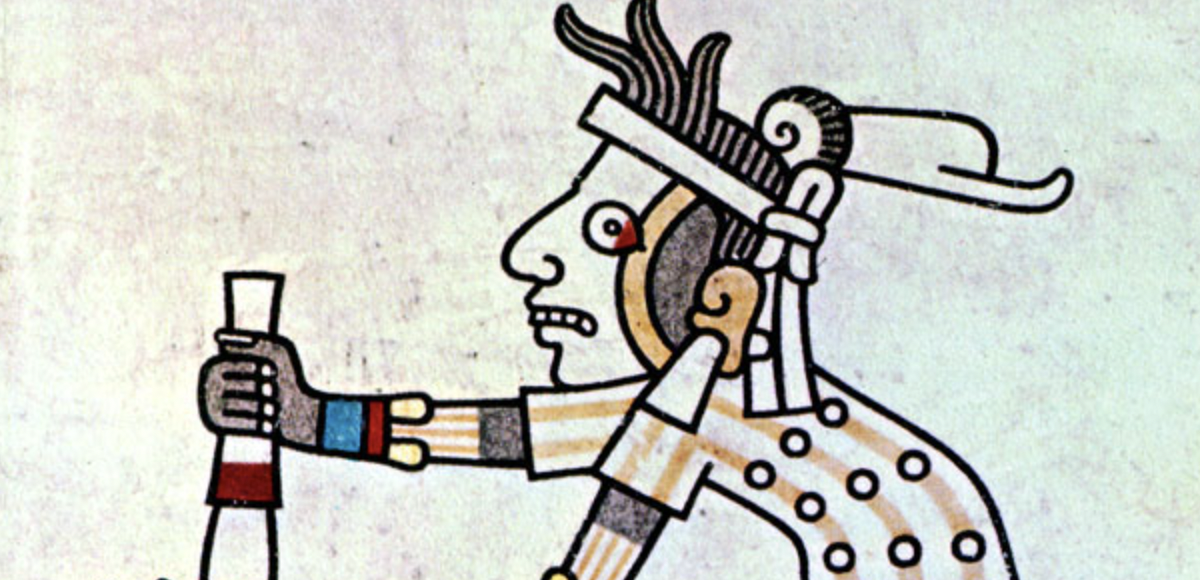
In 1977, anthropologist Dr Michael Harner presented evidence that suggested the Aztecs took advantage of the vast numbers of people they were sacrificing to get more meat into their diet. The Aztecs lacked domesticated animals, and food shortages were common in the area, leading Dr Harner to posit that – whilst cannibalism likely started for religious reasons – the Aztecs eventually began turning to human meat as a way to meet their nutritional needs. In one town, anthropologists even found cages that they believe were used to hold prisoners whilst they were fattened up.
The Aztecs cultivated avocados, which they named after testicles
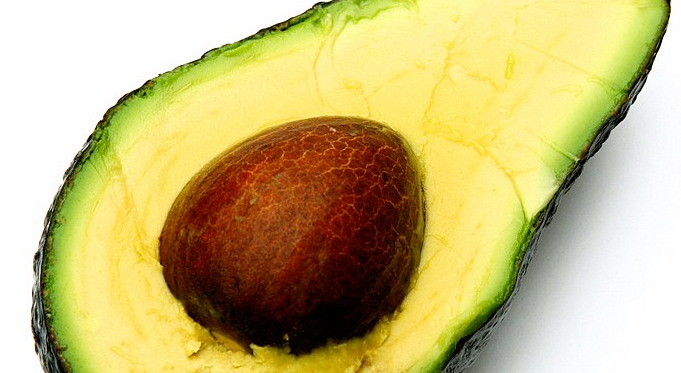
Fair warning: after you read this, the mention of “smashed avocados” is likely to make you wince. The hard-skinned fruits were a prized food for the Aztecs, who valued them for their high caloric content and bountiful levels of healthy fats, and avocado trees were actively cultivated by the civilisation. The Aztec word for avocado – ahuacatl – is still used in some parts of Mexico where Spanish hasn’t replaced the native language, and it literally translates to ‘testicle’. Well, that’s brunch ruined.
The ‘Macuahuitl’ was the most feared Aztec weapon
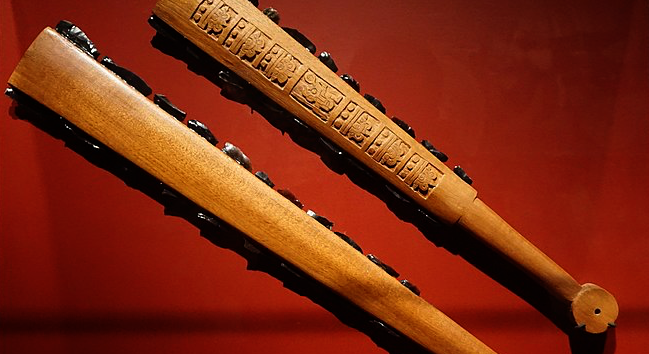
The Aztecs never developed metallurgy, but they didn’t let this hold them back when it came to crafting lethal weapons. The most feared was the ‘Macuahuitl’, which translates to ‘hungry wood’. This weapon consisted of a flat wooden paddle, with razor sharp volcanic rock embedded into the sides. After the inquisition, a Spanish conquistador reported an incident in which an Aztec warrior wielding a Macuahuitl beheaded a horse with a single stroke. The TV show Deadliest Warrior recreated the weapon in order to test the plausibility of this claim (using ballistic gel instead of a horses neck, thankfully) , and found that the conquistador was probably telling the truth.
Aztecs believed in reincarnation
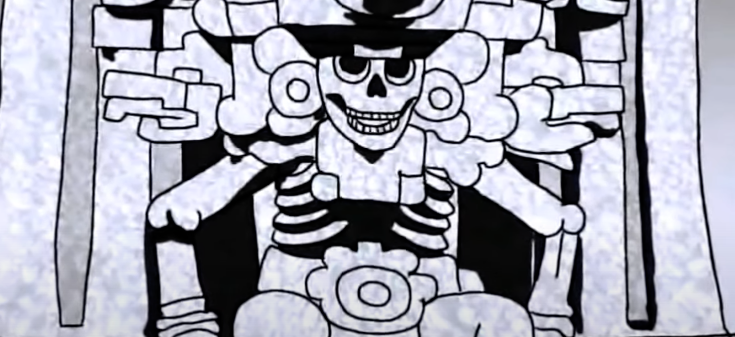
Aztec cosmology described three distinct realms; the earth realm, where humans lived, the under realm, inhabited by spirits of the dead, and the sky realm, which was the home of the gods and impenetrable to any being that wasn’t a deity. The Aztecs believed that human existence took place across the earth realm and the under realm, with humans caught in an endless cycle of birth, life, death, and rebirth. Warriors who died in battle and women who died in childbirth were believed to be reincarnated as hummingbirds, following the sun and helping it rise for all eternity.
Aztec warriors tried to capture their enemies rather than kill them
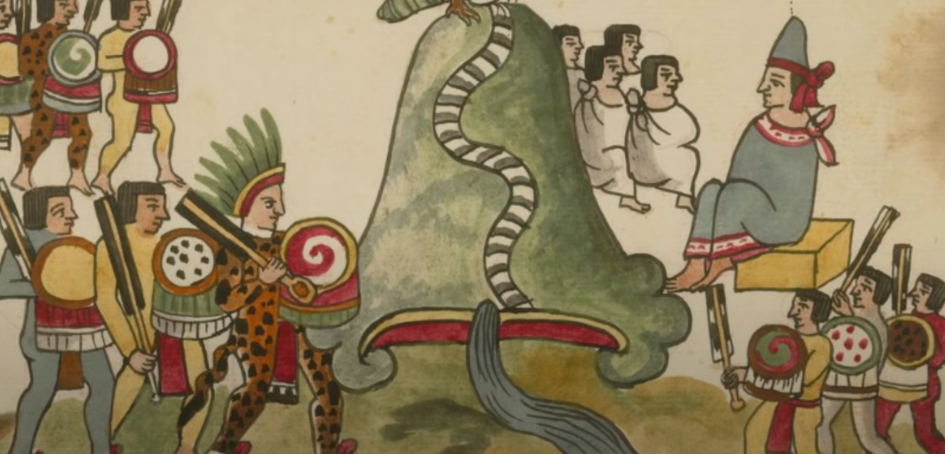
The Aztecs were renowned for their combat prowess, and warriors were highly respected members of society. The civilisation often carried out raids on its neighbours and sometimes engaged in all out war, invariably emerging victorious. Aztec fighters were armed with a variety of deadly weapons, including obsidian knives, bows and arrows, bone hatchets, and the dreaded Macuahuitl. However, during battle warriors would try and avoid killing their opponents wherever possible and would instead try and take them prisoner, as they were much more valuable as slaves or sacrificial offerings.
The Aztecs crushed the Tepanec civilisation for trying to dominate them
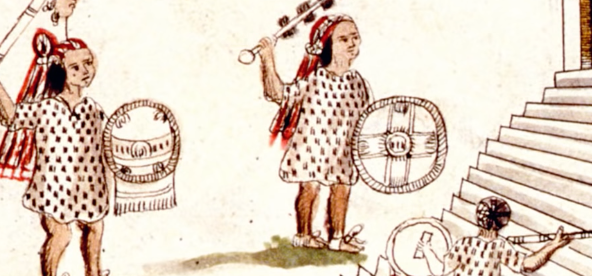
When the Aztecs were first setting up camp in the Basin of Mexico, they formed an alliance with the neighbouring Tepanec civilisation, with the Tempanecs providing access to fertile farmland – which the Aztecs lacked – in exchange for military assistance. The partnership was fruitful for both civilisations, but in 1426 the Tempanec ruler Maxlatzin died and was succeeded by his son, who tried to reduce the Aztecs’ power. This didn’t go down well with the prideful Aztecs, and they responded by destroying the Tempanec’s entire civilisation.
The most gruesome sacrifices were made to the god of agriculture
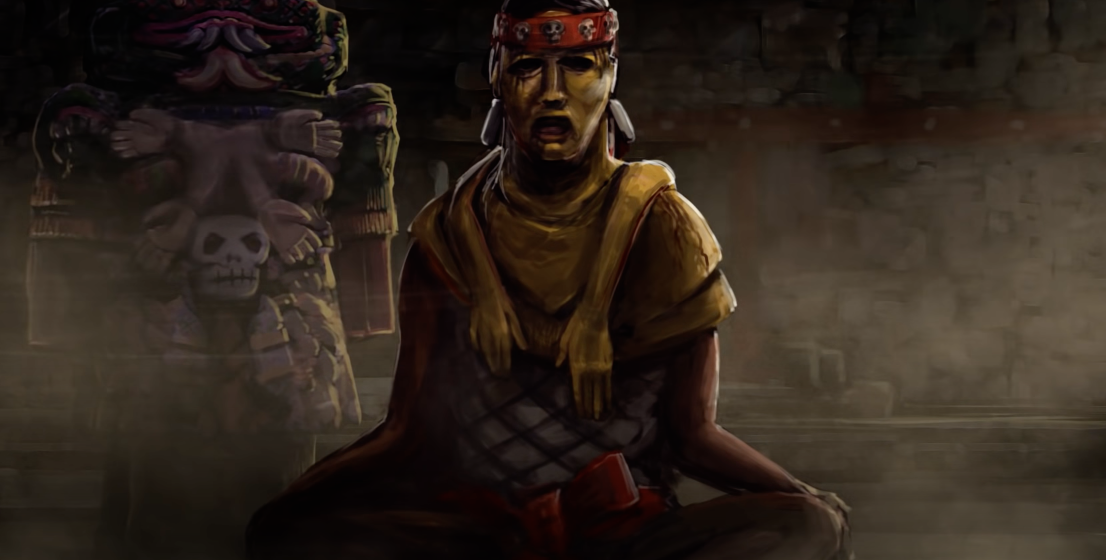
Xipe Totec – known as ‘Our Lord the Flayed One’ – was the Aztec god of spring and agriculture. Since Xipe Totec was one of the civilisation’s important deities, sacrifices to him were particularly bloodthirsty affairs. The ceremony was kicked off with a human sacrifice, after which a priest would flay the victim’s body and fashion their skin into a costume that would be worn for 20 days. The next sacrifice involved tying a victim to a frame and shooting them with arrows whilst an audience sang sacred hymns. Finally, a captive warrior was imbibed with alcohol, given weapons, and tied to a rock. Aztec soldiers in ritualistic garb would then attack him in groups of four until he was too wounded to defend himself, at which point he would be taken to the top of a pyramid and slaughtered.
The Aztecs deliberately prolonged wars
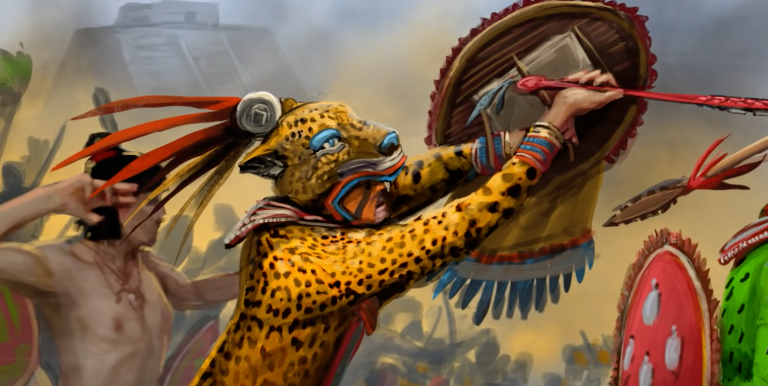
The Aztecs were generally far more powerful than their adversaries and could have easily conquered their cities, but they often deliberately prolonged conflicts so that they could train new warriors and maintain a steady supply of captives for sacrifice. It wasn’t unusual for the Aztecs to engage in military conflicts purely for these reasons. These campaigns were referred to as ‘flowery wars’, as they had no real military objectives. Unsurprisingly, when the Spanish sacked the Aztec capital in 1521, none of Aztecs’ neighbours came to their assistance.
The Aztecs believed they had to feed the gods with blood
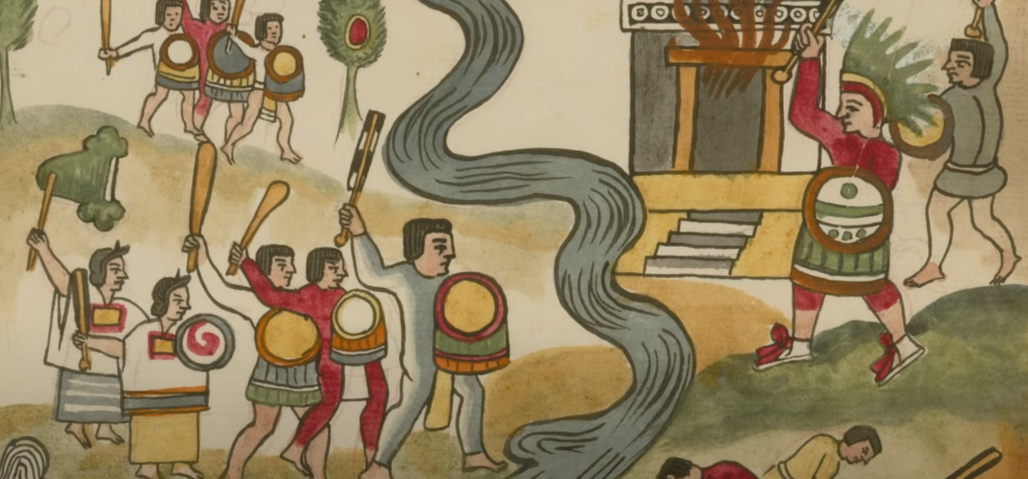
Whilst the practice of human sacrifice might seem cruel and bloodthirsty, the Aztecs actually believed that it was necessary to prevent the literal end of the world. According to Aztec mythology, the gods had to be continuously fed with blood, and failure to provide it to them would result in the sun crashing down from the sky. As well as slaughtering both humans and animals, Aztec priests would often engage in self-mutilation by slitting their tongues or genitals with flint blades in an attempt to appease the deities.
The Aztec’s most elite warriors were known as the ‘Shorn Ones’
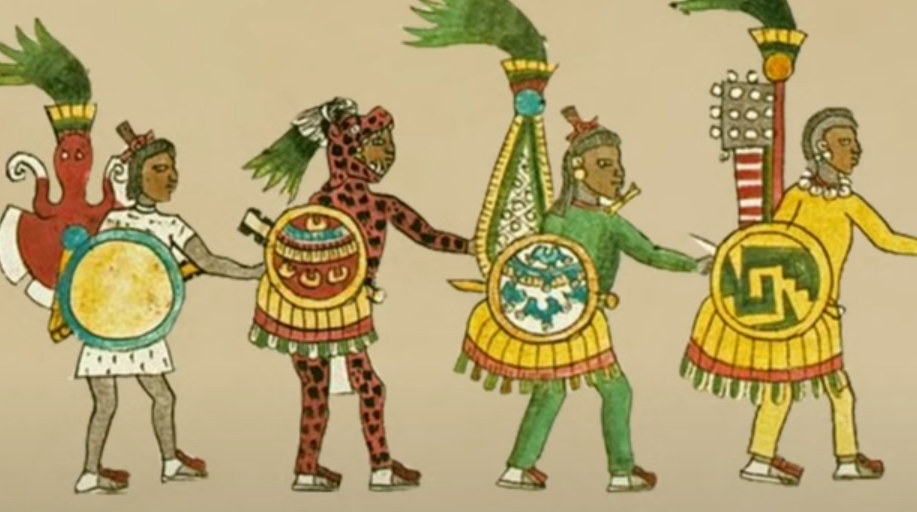
The Aztec military was divided into three ranks. The most junior soldiers were known as either Eagles or Jaguars, depending on their choice of outfit. After capturing six men, warriors were promoted to the rank of Otomi and given their own Macuahuitl and shield. To attain the highest rank, an Otomi had to survive enough battles to capture 20 enemies. Once he had achieved this feat, he joined the ‘Shorn Ones’, so named because they shaved all of their hair except for one long, braided strand. The Shorn Ones, who could be easily identified by their yellow outfits, were the Aztec’s most elite fighting force, and made a sacred vow to never take even a single step backwards during combat.
Aztec soldiers made use of psychological warfare
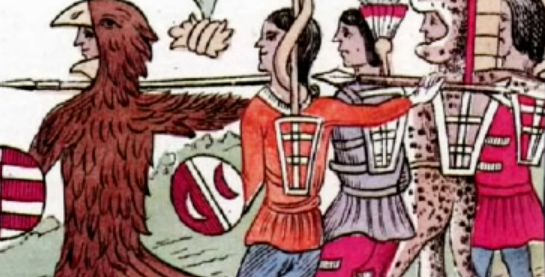
One of the most potent weapons in the Aztecs’ arsenal was fear. Most of their military tactics were designed to elicit as much terror in their enemies as possible, ideally making them flee – which made them easier to capture – or causing them to surrender outright. Aztec warriors covered themselves in eagle feathers and jaguar pelts to make themselves look frightening, and generally used ambush tactics for maximum impact. They also made as much noise as they could when they attacked, banging drums, screaming, and blowing their infamous death whistles. The resulting sensory overload was often enough to completely overwhelm their adversaries without the need for much violence.
The Aztecs were one of the last groups to migrate to the region
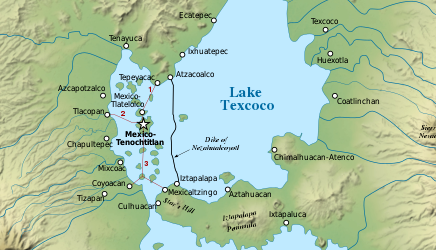
Northern Mexican proto-civilisations began migrating to the Basin of Mexico – which would come to be known as Aztlán – around 1250 AD. Some of the earliest migrants included the Toltecs and the Mayans, and by the time the Aztecs arrived most of the fertile farming land had been taken. This probably accounts for the aggressive tendencies that the Aztecs developed, and their reliance on cannibalism to meet their nutritional needs.
High-status Aztecs kept multiple wives
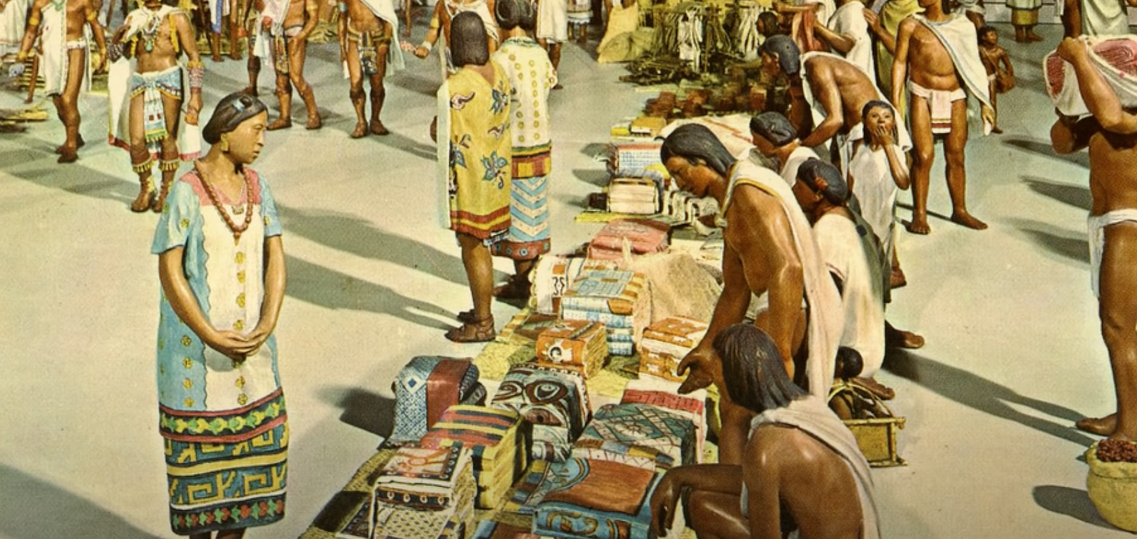
Aztec society was polygamous, although there were strict rules governing relationships. Men were considered legally responsible for any children they fathered, and – whilst marrying multiple partners was permitted – only the first marriage was celebrated. Keeping multiple wives was generally only the preserve of the elites, with powerful Aztec noblemen often flaunting their harems to demonstrate their standing in society. Since Aztec women were allowed to work, having multiple partners also carried financial benefits.
The Aztecs were devastated by smallpox
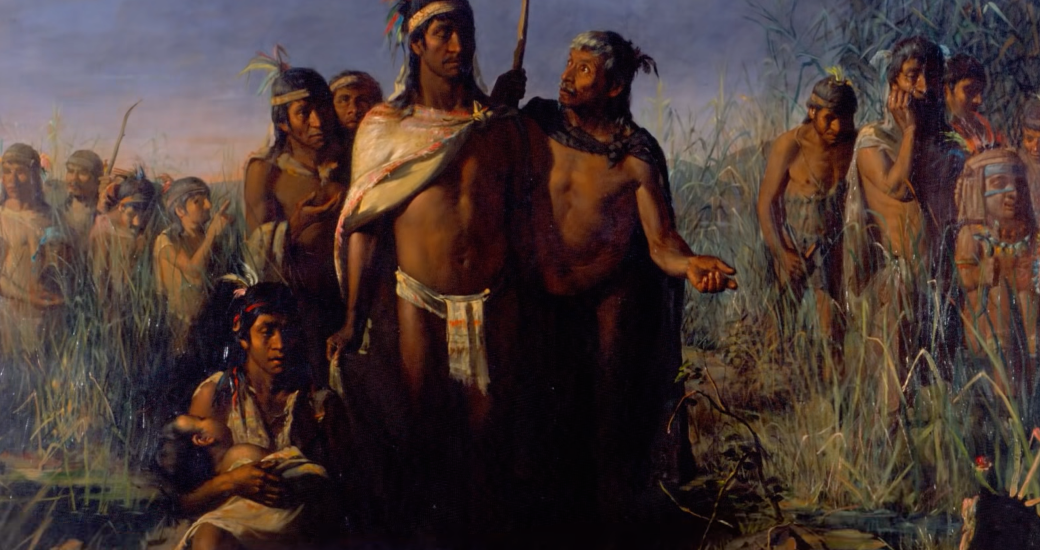
The Spanish conquest of the Aztecs lasted from 1519 to 1521, and the Mesoamerican civilisation put up a good fight. Despite facing an adversary equipped with far more advanced weaponry, the Aztecs used their intimate knowledge of the land to lay ambushes for Cortés’ forces, inflicting heavy casualties. They also had the psychological advantage, as the Spanish soldiers were terrified of being captured and sacrificed. However, the Spaniards had brought more than guns; smallpox made the journey across the sea with them, and it decimated the Aztec population, ultimately contributing to the fall of Tenochtitlan.
The Aztecs had a complex system of slavery
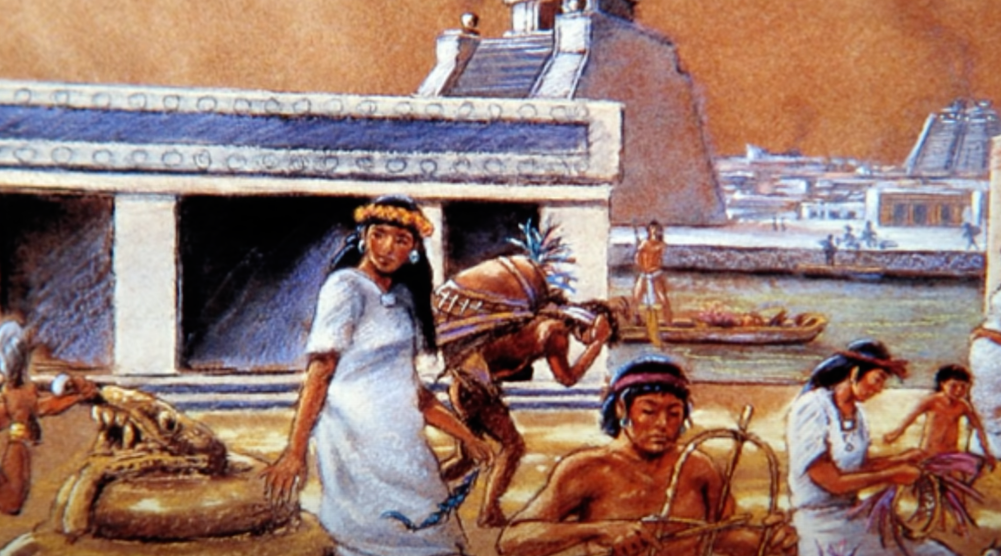
The Aztecs frequently took captives during their raids and battles, and those that were lucky enough to avoid sacrifice became slaves. However, the Aztecs treated their slaves fairly well, granting them rights and allowing them to marry. They also paid them, and slaves were able to save enough money to buy their freedom. Aztec citizens could also voluntarily become slaves to pay off their debts, or in some cases sell their children into slavery for a predetermined number of years.
Education was compulsory in Aztec civilisation
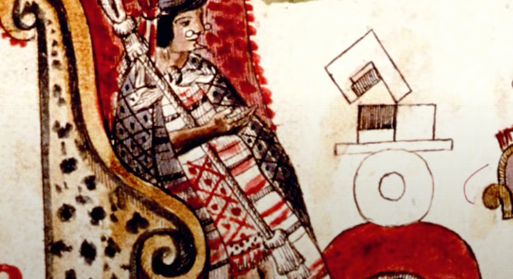
Education was considered highly important by the Aztecs. All children received formal schooling, and attendance was compulsory. Schools were divided both by class and by gender, with the children of nobles studying astronomy, history, and religion, whilst lower caste children were educated in trades such as agriculture, carpentry, and stonemasonry. Girls, on the other hand, were prepared for a lifetime of domestic duties such as cooking, cleaning, and sewing clothes.
The most famous Aztec archaeological sites wasn’t actually built by the Aztecs
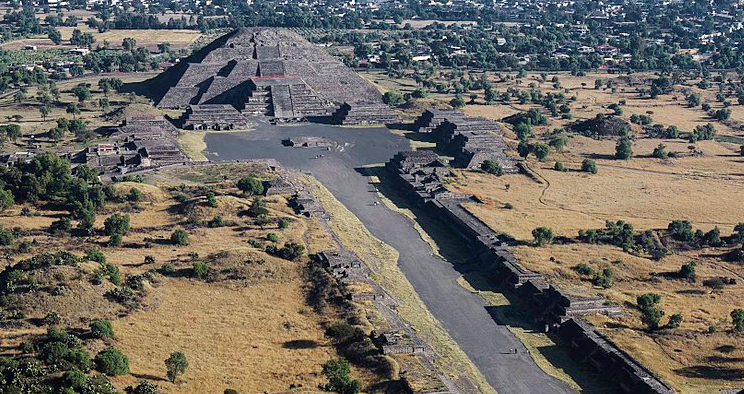
Teotihuacan, the world’s most famous Aztec site, lies just north of Mexico City. The site – which boasts a number of impressive stone pyramids – is popular with tourists keen to learn more about Aztec civilisation. However, the site wasn’t actually built by the Aztecs at all. The identity of the site’s constructors is a mystery, but archeologists have established that the structures predate the Aztecs’ arrival in the area. Whether the site was abandoned when the Aztecs found it, or whether it was taken by force, is also unknown.
Aztecs worshipped a sun god
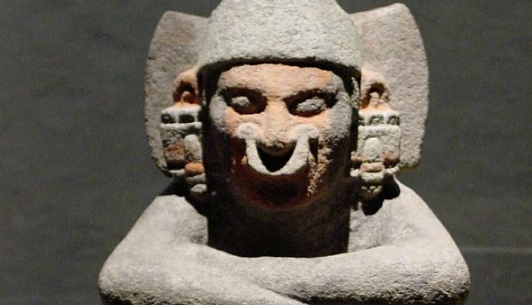
Aztecs followed a polytheistic religion, but the most important deity was Huitzilopotchtli, the god of the sun and war. Many rituals and ceremonies were dedicated to him, and Aztecs frequently made offerings in his honour. Pyramids were constructed to allow priests to be closer to Huitzilopotchtli, and human sacrifices would end with the victim’s still beating heart held aloft towards the sun. Solar eclipses were incredibly meaningful to the Aztecs, who interpreted them as their sun god making direct communication.
People dressed up as deities to honour them
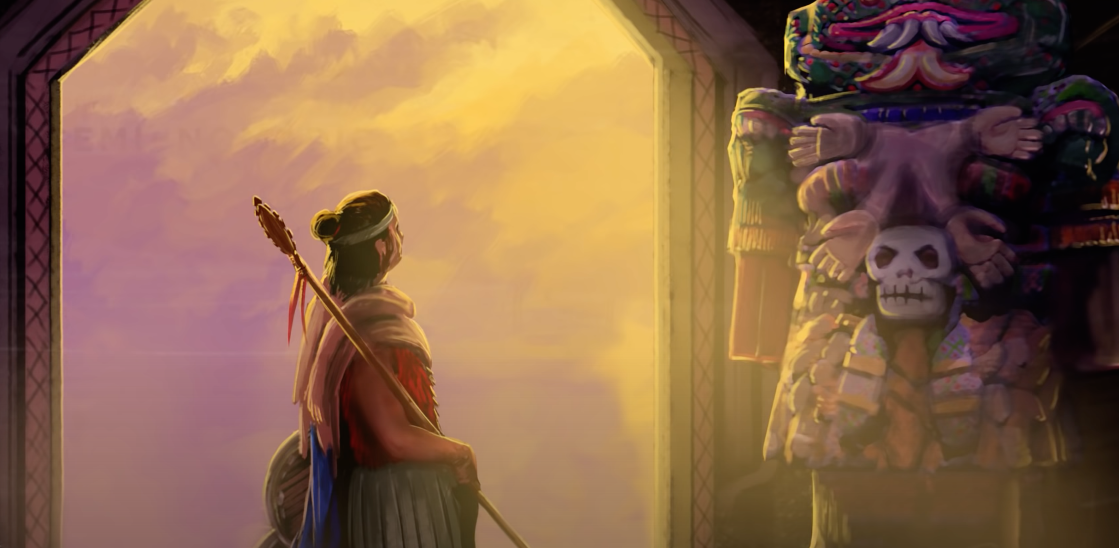
Aztec religion contained over 200 gods, with each deity serving a specific purpose. Some of the most important included Tlaloc, the rain god, and Chicomecōātl, the god of agriculture. During celebrations, specially selected members of Aztec society would dress up as a particular god, which was seen as a way to honour the deity. Whilst in costume, the Aztec – who was referred to as ‘ixiptla tli’ – was treated as a literal physical manifestation of the god, until the conclusion of festivities when, inevitably, they were sacrificed.
Tenochtitlan was one of the most impressive cities in the world
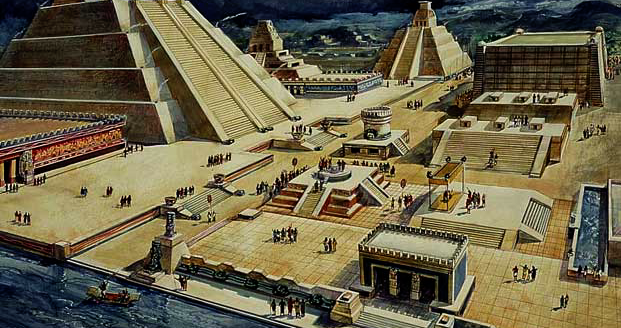
Founded by a small group of nomads, Tenochtitlan would eventually form the centre of the Aztec Empire and become one of the most impressive 16th century cities in the world. At its height, Tenochtitlan was inhabited by around 400,000 people, making it roughly five times larger than London. The city was filled with decorative structures and canals, and was apparently breathtakingly beautiful. Bernal Díaz del Castillo, a Spanish conquistador, wrote in his diary, “some of our soldiers even asked whether the things that we saw were not a dream?”.
The Aztecs referred to themselves as the ‘Mexica’
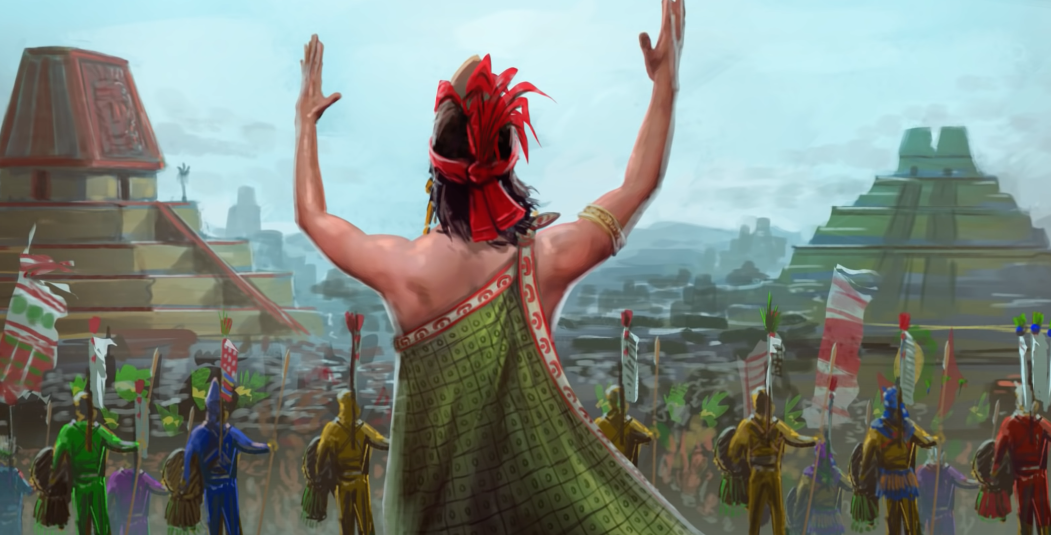
The word ‘Aztec’ means ‘people of Aztlán’, which is the region of Northern Mexico and the Southern United States that the civilisation called home. The group, however, referred to themselves as the ‘Mexica’, and the word ‘Aztec’ wouldn’t be coined until 1810 – almost three hundred years after the civilisation was destroyed by the Spanish conquistador Hernán Cortés – when German geographer Alexander von Humboldt came up with it as a catch-all term for the disparate civilisations that had inhabited the region.
The Aztecs kept detailed records
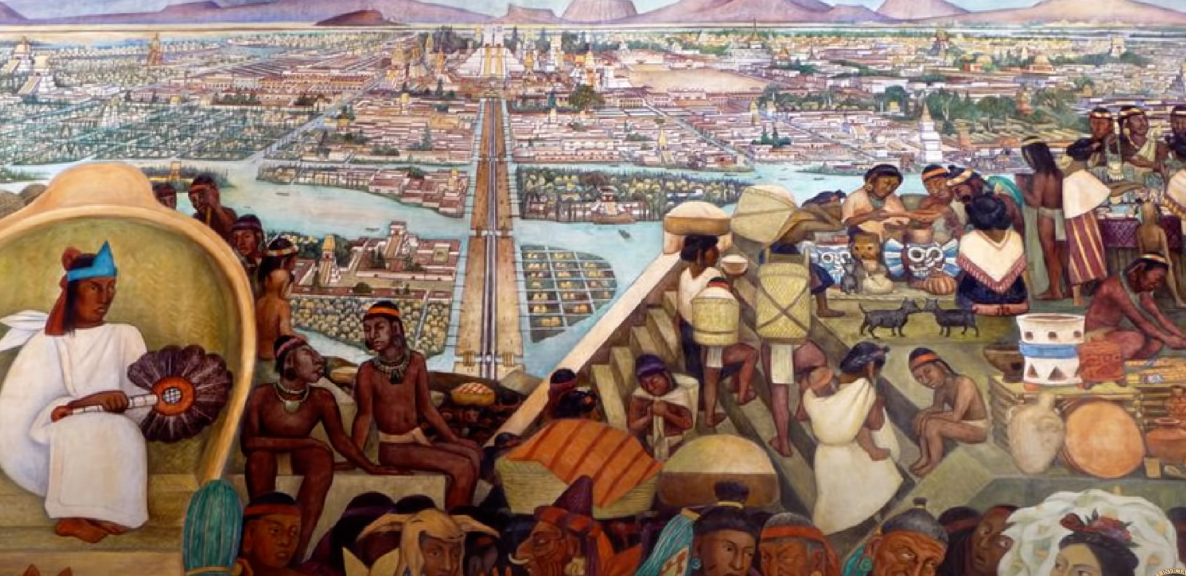
Most of the Mesoamerican civilisations that coexisted with the Aztecs either had primitive writing abilities or none at all. The Aztecs, by contrast, kept thorough records of everything, with priests and scholars making inscriptions on deer hide and tree bark using a complex system of hieroglyphs. The Aztecs were also accomplished accountants, and many Aztec documents that have been found by by anthropologists appear to detail debts or transactions.
They founded Tenochtitlan in 1325 AD
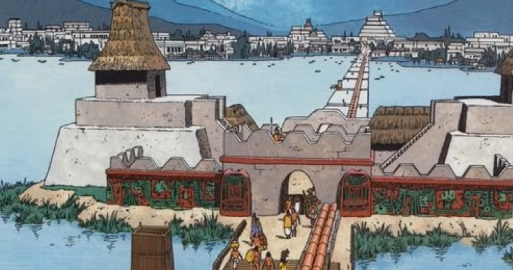
After migrating to the Basin of Mexico, the Aztecs settled on an island in Lake Texcoco. According to legend, the young civilisation decided to build its capital city – Tenochtitlan – on the island after witnessing an eagle eating a snake whilst perched upon a cactus. The Aztecs took this as a prophecy and founded what would become one of the greatest Mesoamerican cities of all time, eventually growing to a population of around 400,000. The eagle, snake, and cactus are still depicted on the Mexican flag.
The Aztecs were the first to discover chocolate
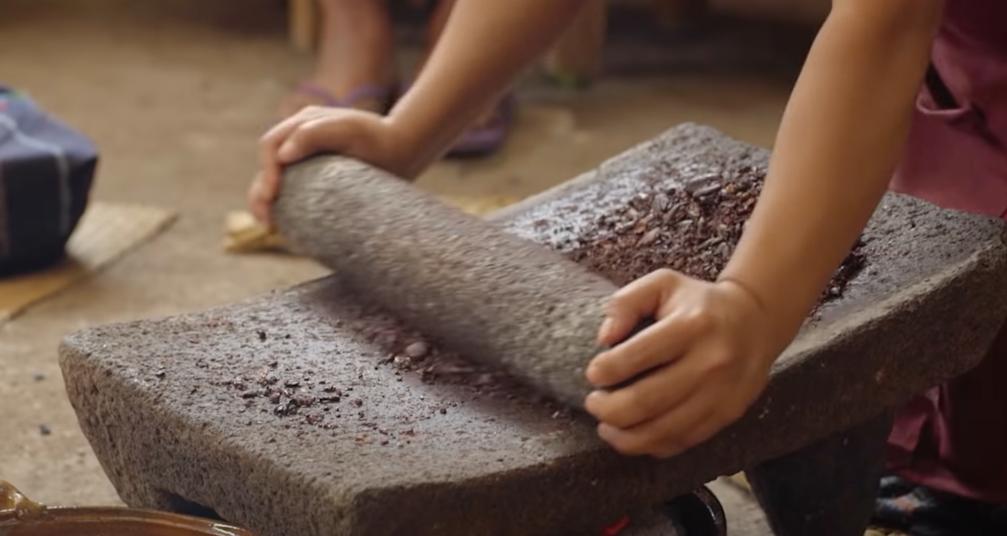
Somewhat surprisingly for such a bloodthirsty civilisation, The Aztecs were complete chocoholics. They believed that cacao was a gift to them from the gods, and the beans were considered more valuable than gold. Whilst the Aztecs didn’t process cacao into what we think of as chocolate, they did use it to make both hot and cold chocolatey beverages called ‘xocolatl’ that were high in caffeine. The Aztec ruler Montezuma II was said to be such a fan of xocolatl that he drank gallons of the stuff a day.
They played a lot of sports
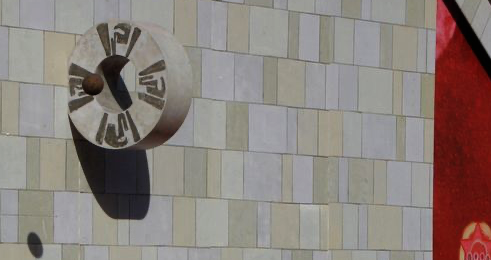
The Aztecs were big believers in the importance of downtime, and they invented a number of games that were played by citizens from all levels of society. One of the most popular games, ullamaliztli, was kind of like an early version of basketball. A stone hoop was mounted on a wall, and participants of the game tried to throw a ball through it. Whilst the exact rules of the game are unknown, it is believed to have played an important part of celebrations, with large audiences gathering to watch matches.
Pyramids had layers added every few years
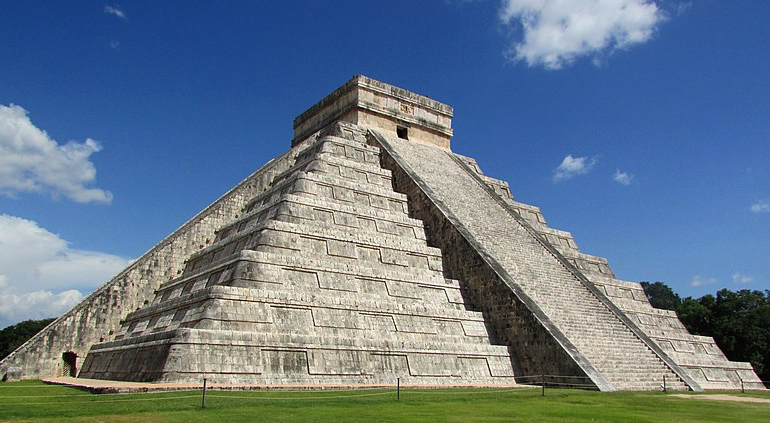
Aztec and Mayan cultures both made heavy use of ceremonial pyramids. Whilst not of the same magnitude as Egyptian pyramids, these structures were still incredibly impressive and served important roles, with each pyramid dedicated to an individual deity and serving as the site for rituals and sacrifices. Every few years, Aztecs would add a layer of stone to their pyramids, which meant that they continuously grew larger over time.
The Aztecs were agricultural pioneers
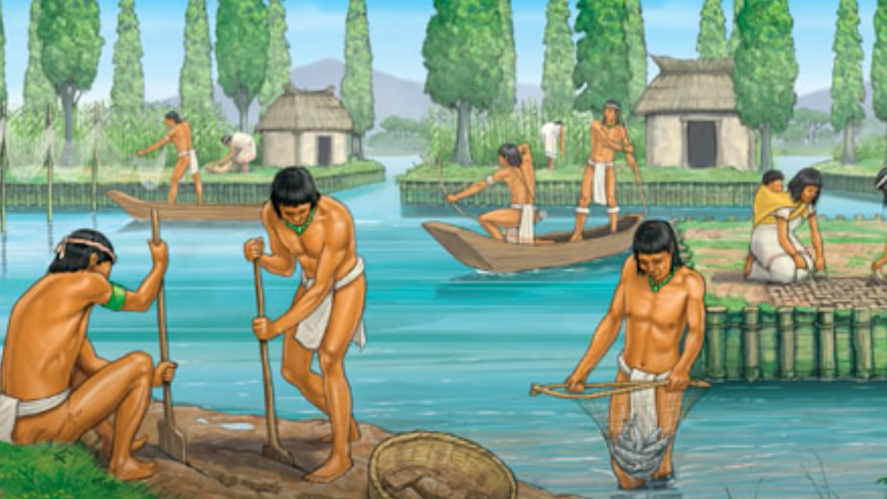
The Aztecs were one of the last civilisations to reach the Basin of Mexico, and as a result most of the arable farmland had already been taken by the time they got there. In order to overcome the challenges this presented, the Aztecs developed new, innovative agricultural methods. They dug rich soil from the bottom of the shallow Lake Texcoco and used it to form rectangular fields, which they designed primitive irrigation systems for. This allowed them to grow a wide variety of crops including maize, tomatoes, beans, sweet potatoes, and pineapples.
All male Aztecs were trained for war
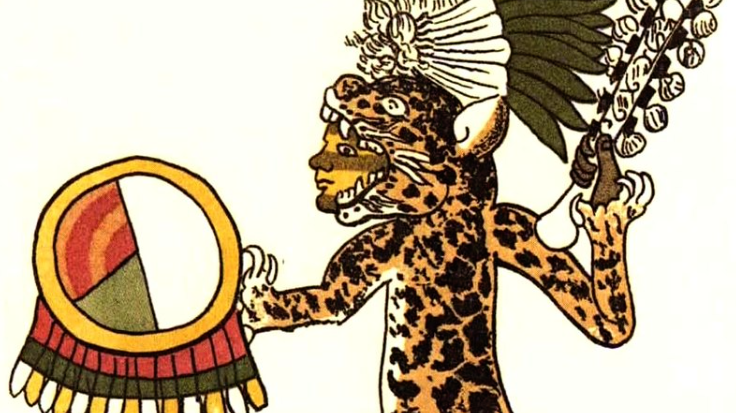
The Aztec Empire didn’t have a dedicated army of professional soldiers. Instead, every able-bodied male was given extensive combat training, allowing them to be called up whenever the need arose. Boys would spend their adolescence living with their families, working as manual labourers and going on hunting expeditions. At the age of 15, they were sent to Tenochtitlan, where they were given military training by seasoned warriors with plenty of battle experience under their belts.
The Aztecs had their own alphabet
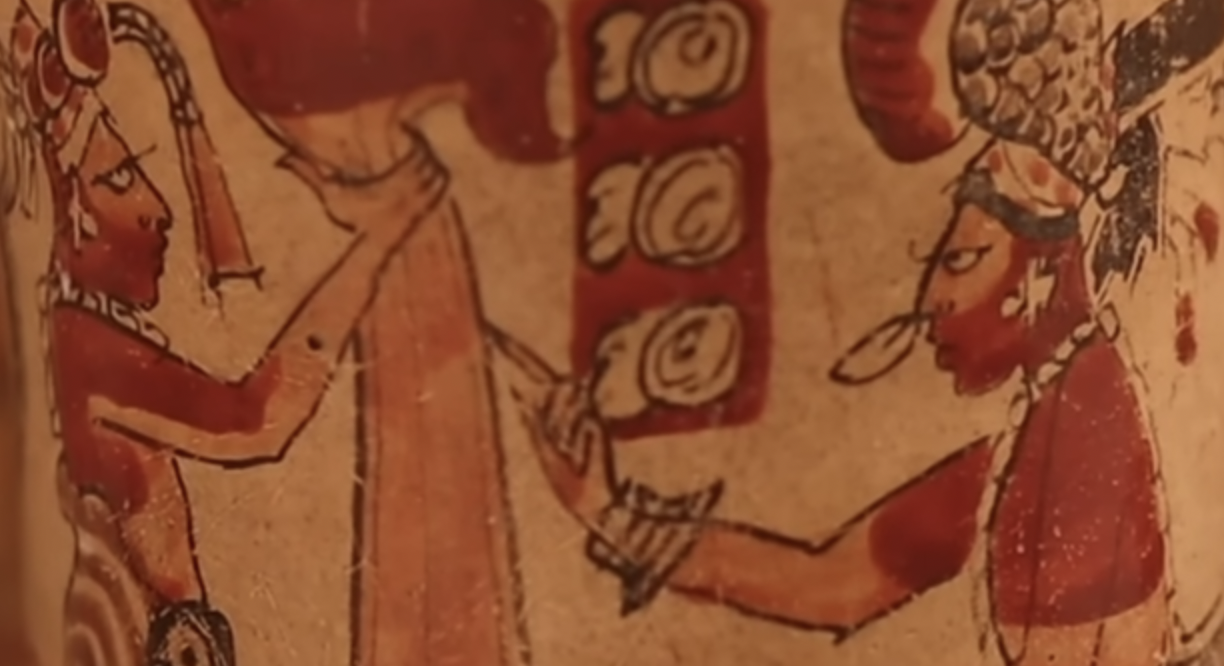
Aztecs wrote in an ancient language called Nahuatl, which anthropologists believe was adapted from the preexisting Zapotec alphabet. Instead of using individual letters that correspond to particular sounds, Nahuatl writing made use of pictograms similar to the hieroglyphs used by the Ancient Egyptians. When the Aztecs first set up in the Basin of Mexico, they ended up incorporating a part of the Zapotec civilisation, adopting their style of writing in the process.
The Aztecs were experts at building dams
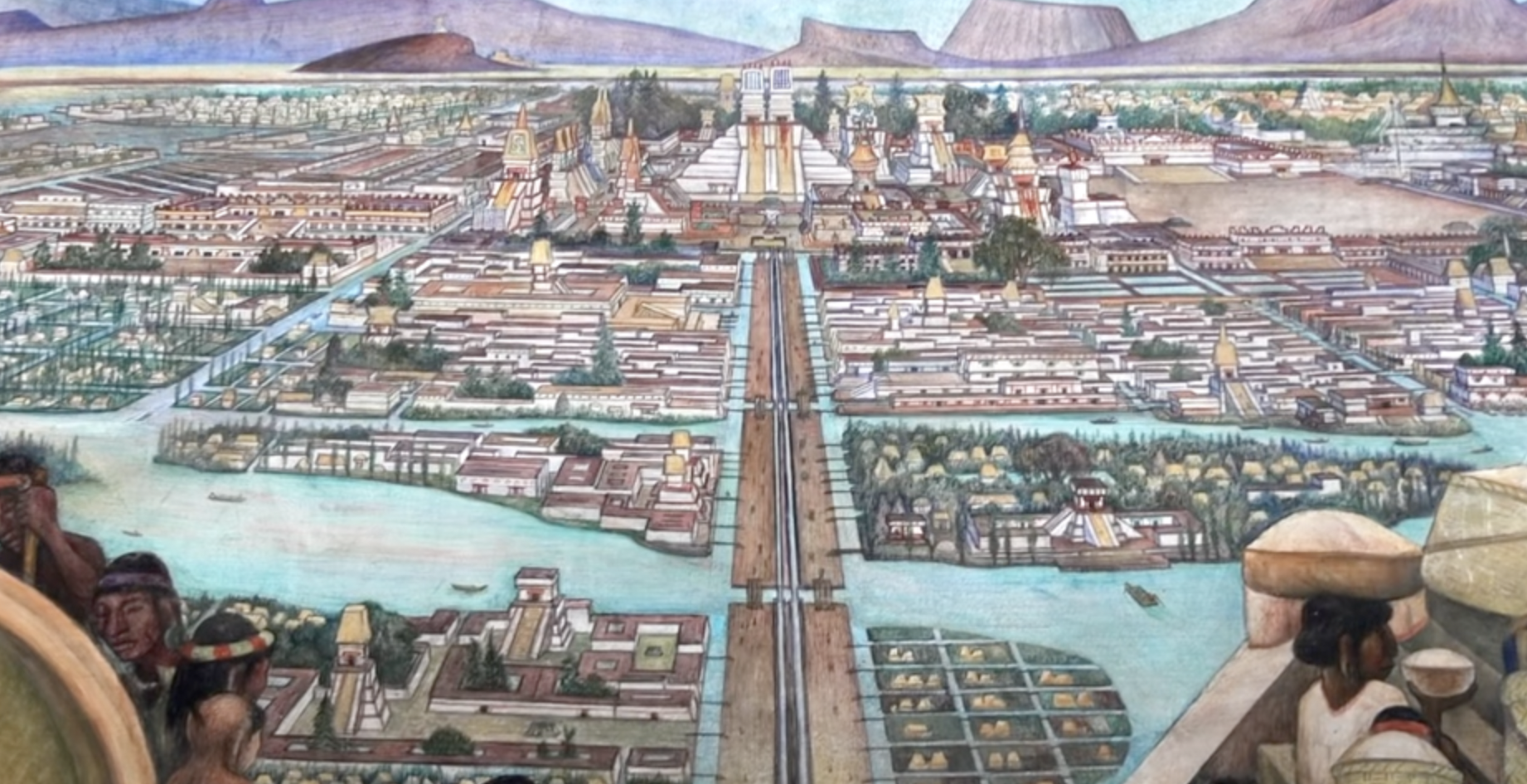
Tenochtitlan, the capital of the Aztec Empire, was surrounded by Lake Texcoco, a large, saltwater lake. This obviously presented major challenges for agriculture, but the Aztecs overcame these problems with an ingenious system of dams that separated rainwater from lake water. The fresh water was diverted into the city, where it was used for drinking and irrigating crops. The Aztecs used the system of dams that they pioneered in Tenochtitlan to build other cities in areas that had previously been considered uninhabitable.
The Aztec Empire was led by an alliance of three cities
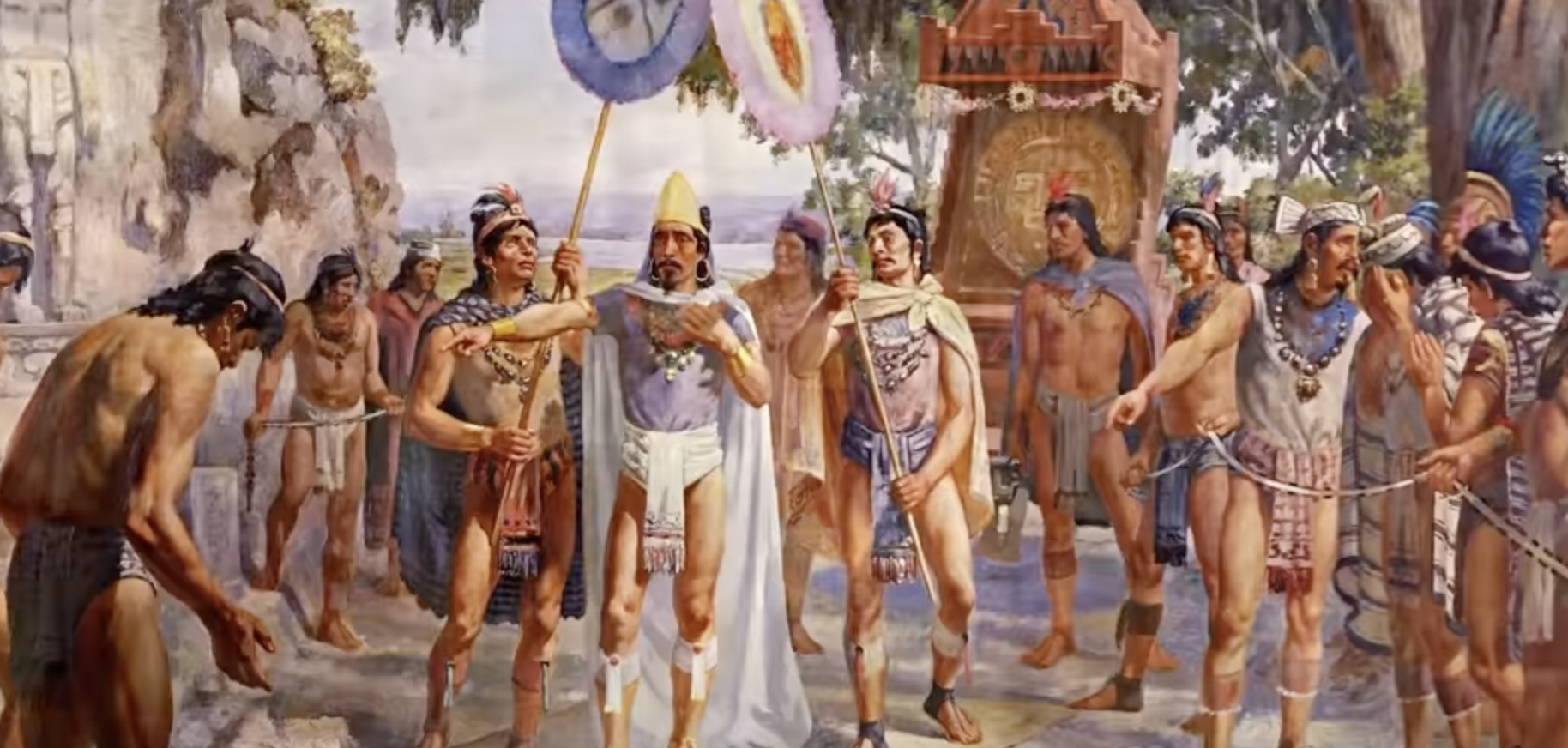
At the height of its power, the Aztec Empire covered over 80,000 square miles of what is now Mexico, and the civilisation was led by a coalition of three cities. The most powerful of these cities, Tenochtitlan, was home to over 100,000 Aztecs and formed the head of the alliance. The other cities, Texcoco and Tlacopan, were comparatively smaller and wielded less influence, but still played an important role in determining the trajectory of the Empire.
There were two kinds of Aztec markets
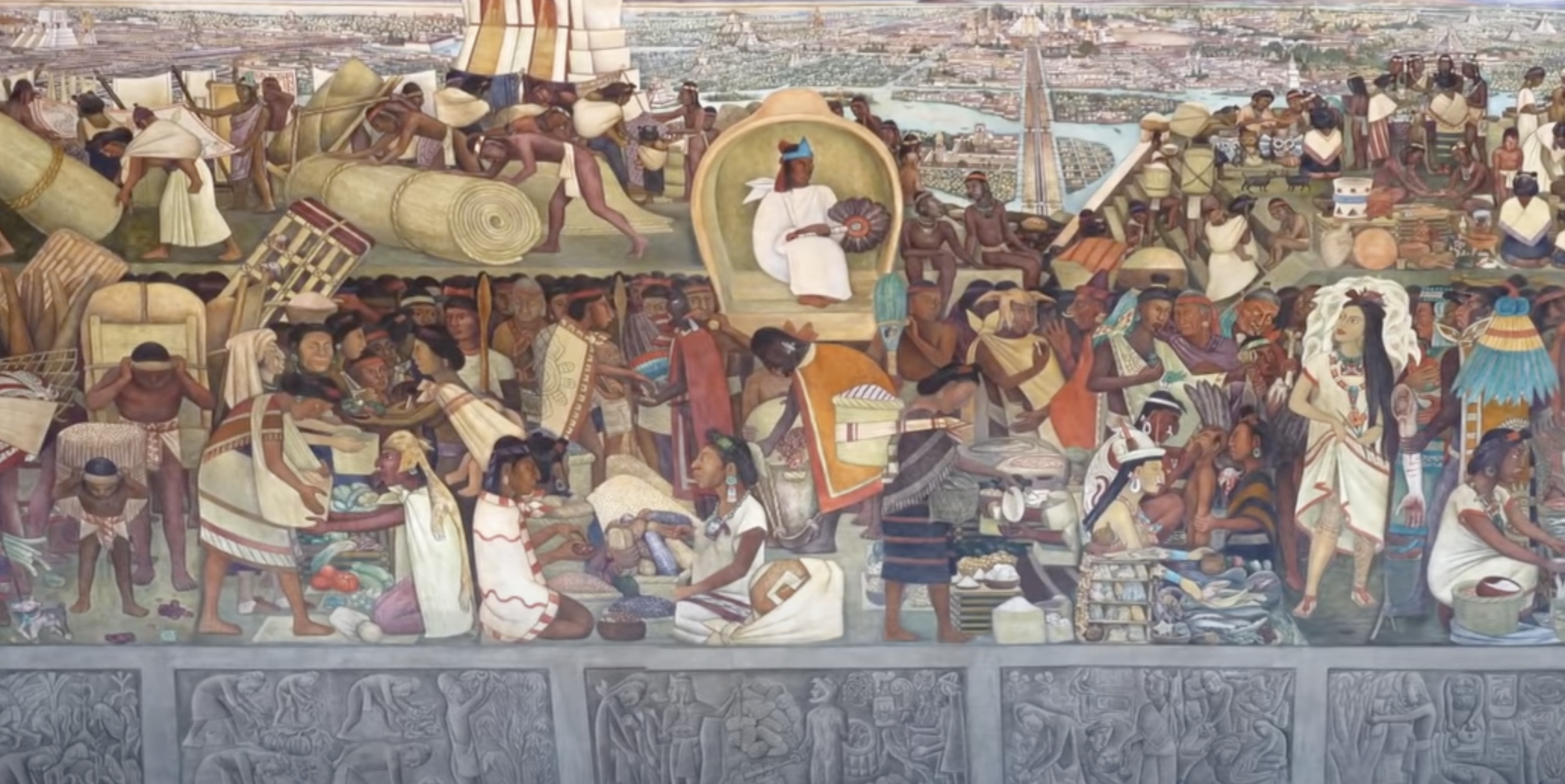
Aztec cities frequently held large markets where farmers, craftsmen, and merchants could gather to trade their goods and services. Markets fell into two distinct categories; the first kind only sold one specific product, for example corn or obsidian. The second was a more general market, with no restrictions on what could be sold. Both markets were strictly supervised, and merchants caught trying to cheat their customers faced harsh reprisals.
There were three classes in Aztec society
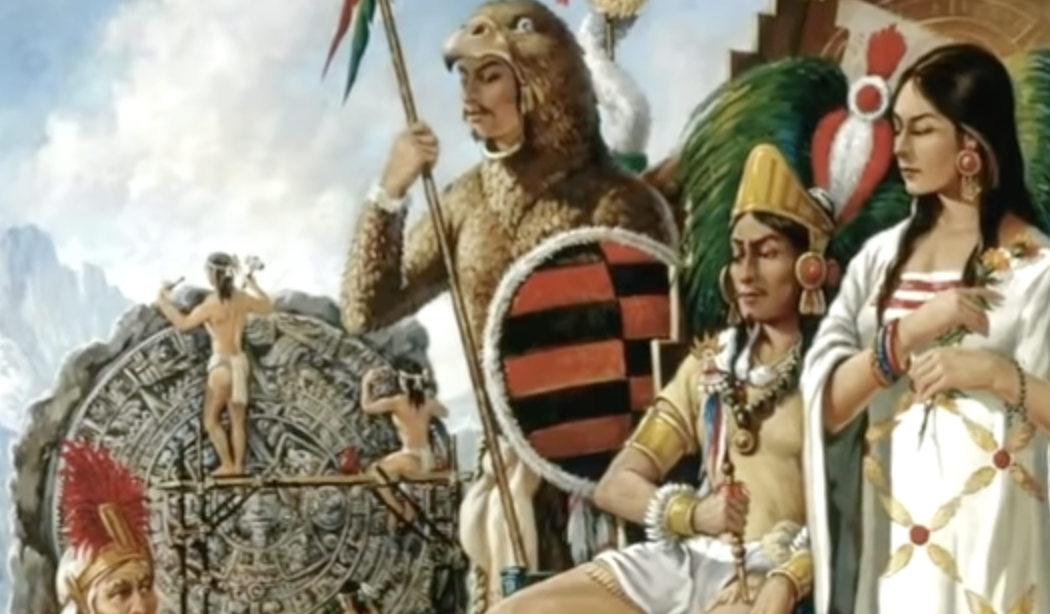
In a pattern that mirrored many other ancient civilisations, Aztec society was divided into three classes. At the top were the Pipiltin, Aztec nobility who enjoyed great wealth and privilege. Below them were the Macehualtin, consisting of farmers, craftsmen, merchants, and warriors. At the very bottom of Aztec society were the Tlacotin, essentially slaves. Unlike most cultures that engaged in slavery, Aztec slaves were granted a reasonable number of rights, were paid wages, and were even able to buy their freedom.
Mexico City is built on Tenochtitlan
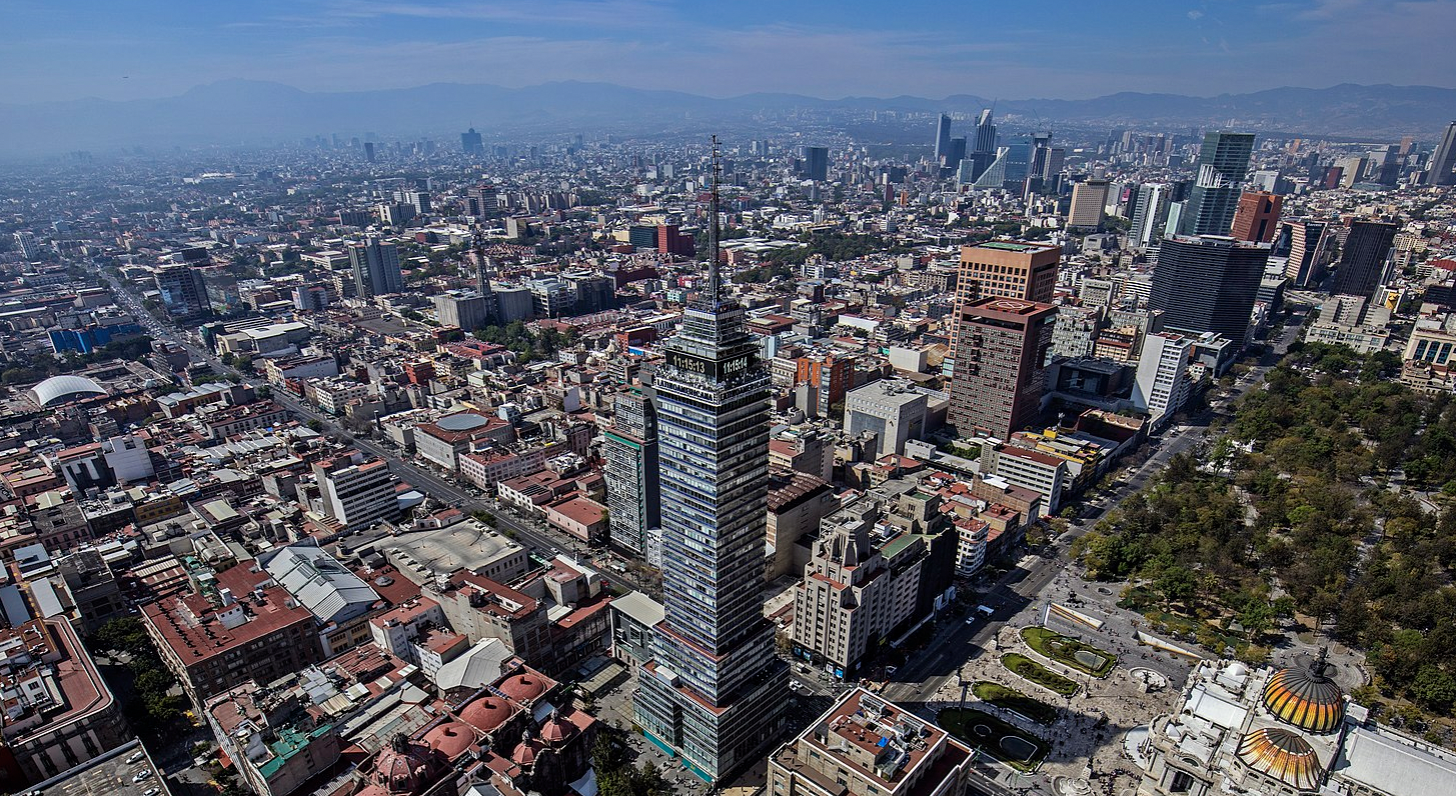
After the Aztecs were crushed by the Spanish Inquisition, the invaders decided that Tenochtitlan, the Aztec capital, was ideally situated to serve as the centre of the new colonial empire. They levelled much of the city, including all temples and religious structures, before rebuilding in their own architectural style. The Spaniards also drained the surrounding lake to free up land for the city to expand onto.
Aztecs had no currency
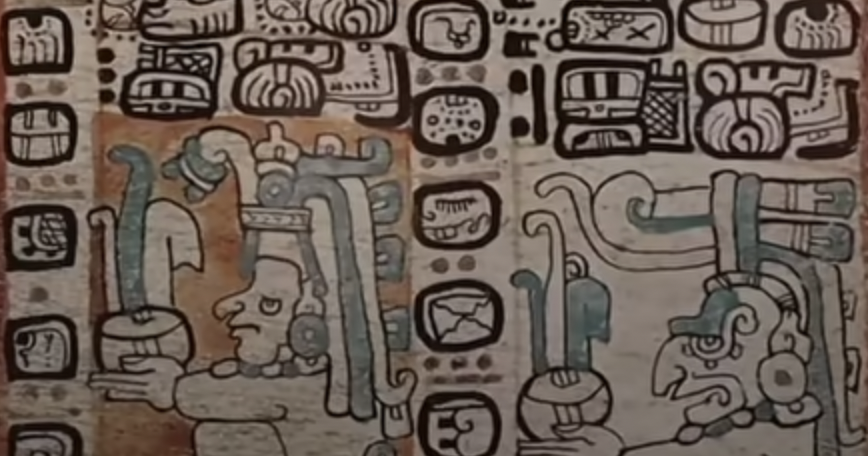
Despite having an advanced and relatively complex economy, the Aztec Empire never developed a form of currency. Instead, trade relied on bartering goods and services. The relative value of items was measured in Quatchli, which corresponded to a fixed length of cotton. Aztec merchant guilds known as Pochteca oversaw trade and ensured the smooth running of markets, taking a cut of the profits in exchange for their services.
Aztecs willingly submitted for sacrifice
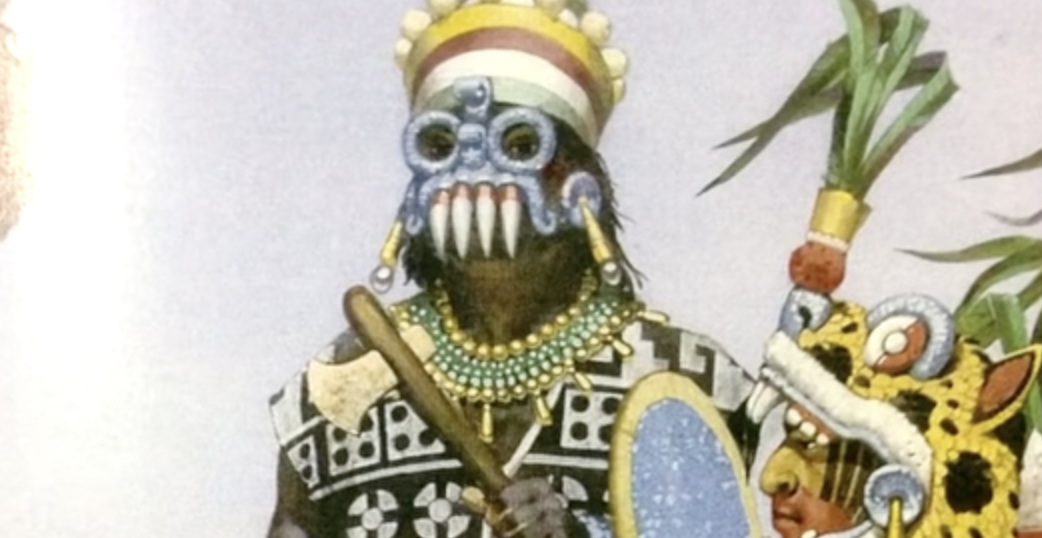
The misconception that most Aztec sacrifices were inflicted on unwilling victims is the result of propaganda spread by the Roman Catholic Church, which attempted to paint the Mesoamerican civilisation as nothing more than a bunch of savages. Whilst it is true that prisoners of war were often sacrificed against their will, a lot of sacrifices involved willing participants who viewed it as a great honour. The families of sacrificial offerings would mourn the loss of their loved one, but also celebrate the fact that they had joined the gods.
There was only one god the Aztecs didn’t make human sacrifices to
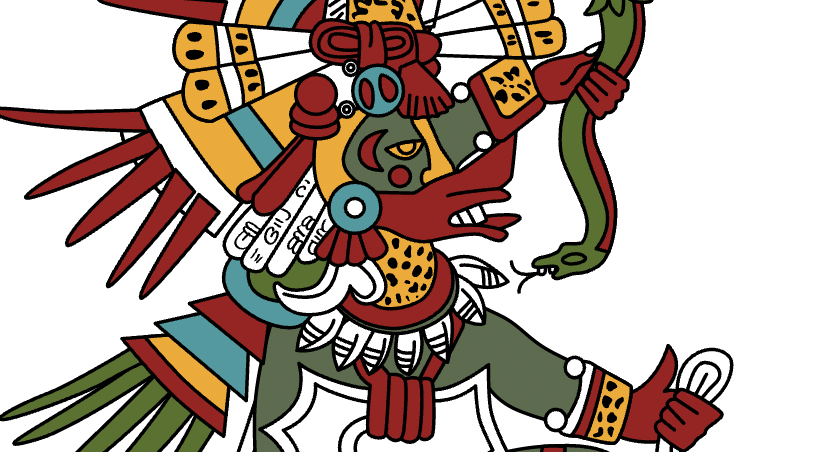
Quetzalcoatl – the Aztec god of wind, merchants, and the dawn – was the only god in Aztec mythology that didn’t demand human sacrifice. Instead, Aztecs sacrificed hummingbirds and butterflies to the deity, who took the form of a feathered serpent. According to Aztec legends, Quetzalcoatl even tried to convince the other gods not to demand human sacrifice, although his pleas fell on deaf ears. Eventually, the other gods grew weary of Quetzalcoatl’s attempts to end the practice of human sacrifice, so in retaliation they got him drunk and tricked him into sleeping with his sister.
There is a misconception that the Aztecs believed Cortes was a god
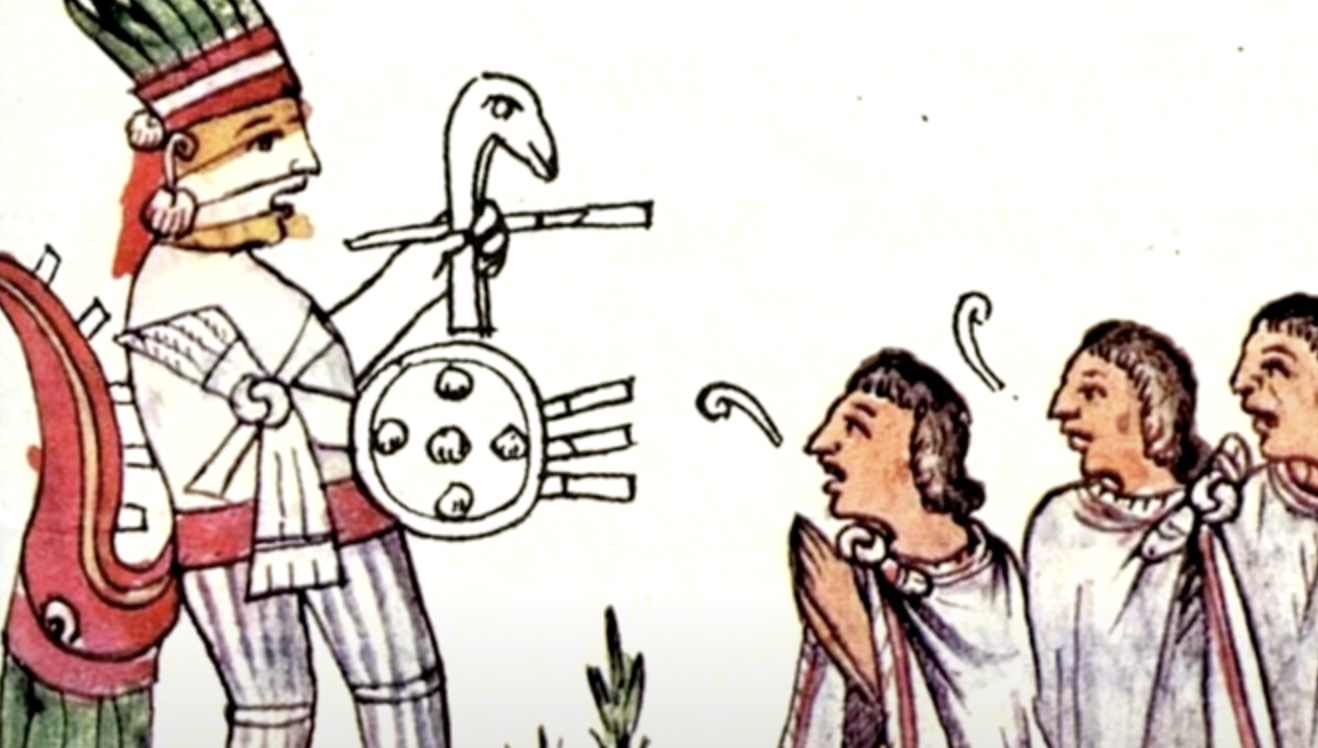
It is widely believed that the final Aztec king, Moctezuma II, believed that Cortes was the physical incarnation of Quetzalcoatl, which led him to welcoming the Spaniard and hastened the downfall of the Aztec Empire. However, in reality this myth was started by Cortes himself, to embellish his role in the downfall of the Aztecs. Scholars have found no evidence that the Aztecs ever believed Cortes was deity.
One Aztec god specifically demanded child sacrifices
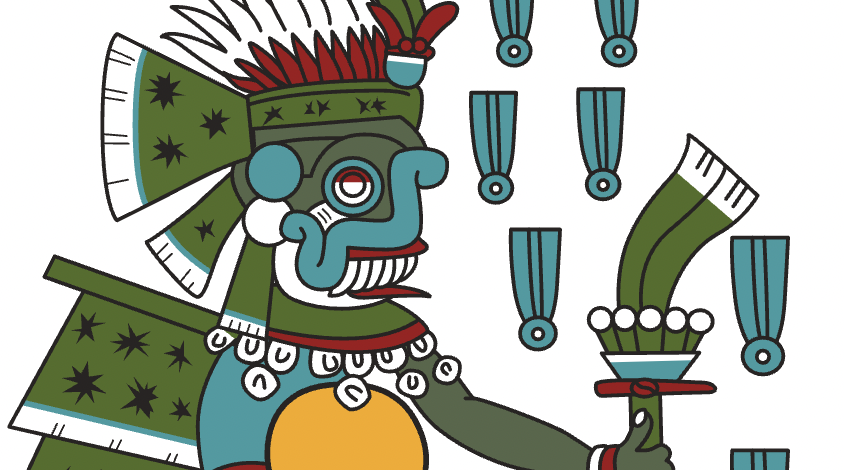
Tlaloc, the Aztec god of lightning, rain, and earthquakes, was particularly depraved in his sacrificial demands. According to Aztec mythology, the only way to appease the deity was to offer him child sacrifices. Unlike most sacrifices, which took place at the top of Aztec pyramids, offerings to Tlaloc were made at the top of mountains. The method of sacrifice remained unchanged however, and, once their hearts had been removed, the corpses of the children were entombed in caves with seeds placed in their mouths.
The Templo Mayor was the most important Aztec Temple
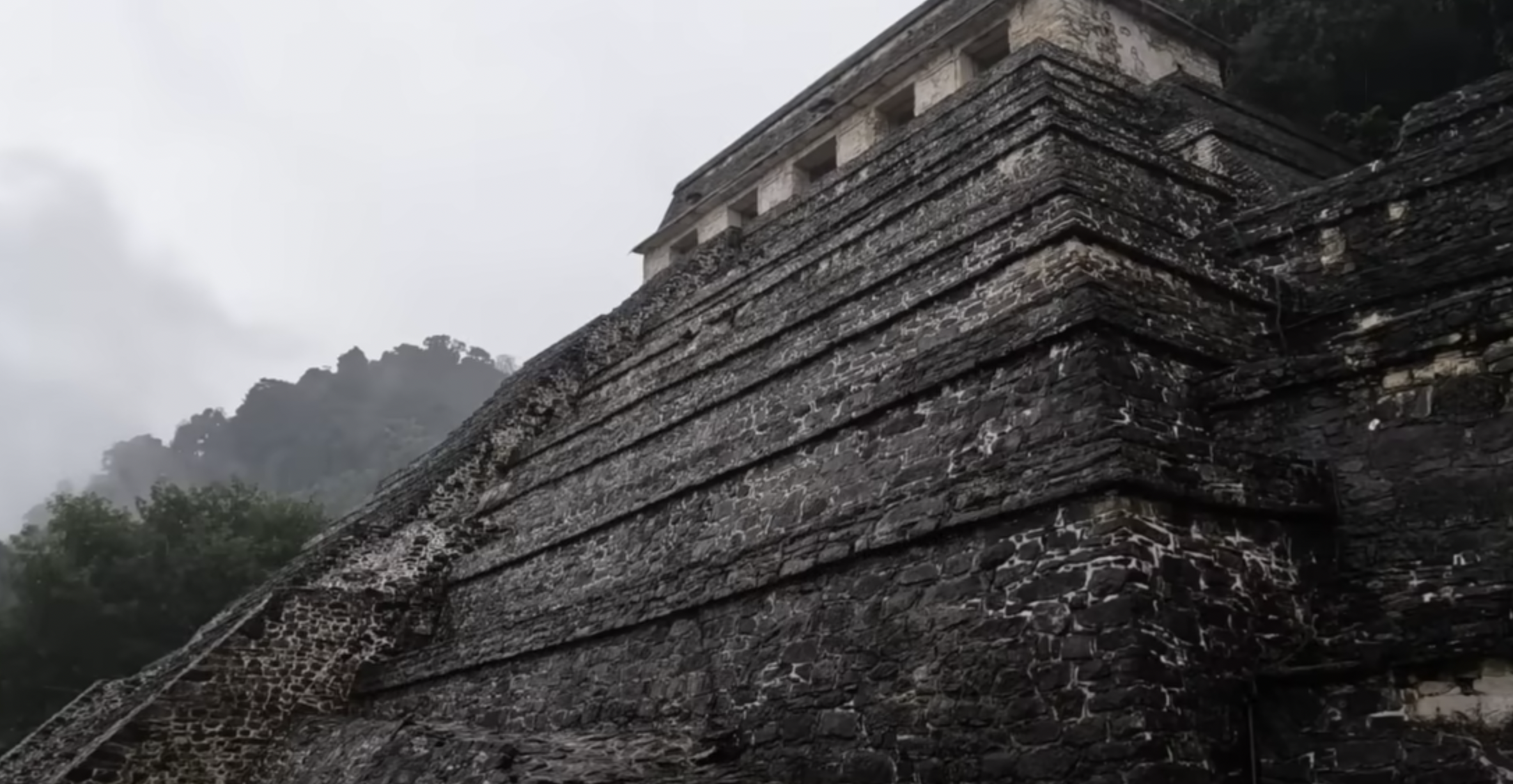
Also known as Huēyi Teōcalli, which translates to ‘The Greater Temple,’ the Templo Mayor was the most important temple in the Aztec Empire. Archaeological evidence suggests that the temple was rebuilt at least six times, starting as a simple building constructed out of wood and earth and ending up as a towering stone structure that covered eight square kilometres. At the top of the temple were two shrines, devoted to Tlaloc and Huitzilopochtli.
The Aztecs believed a city called Teotihuacan had been the home of the gods
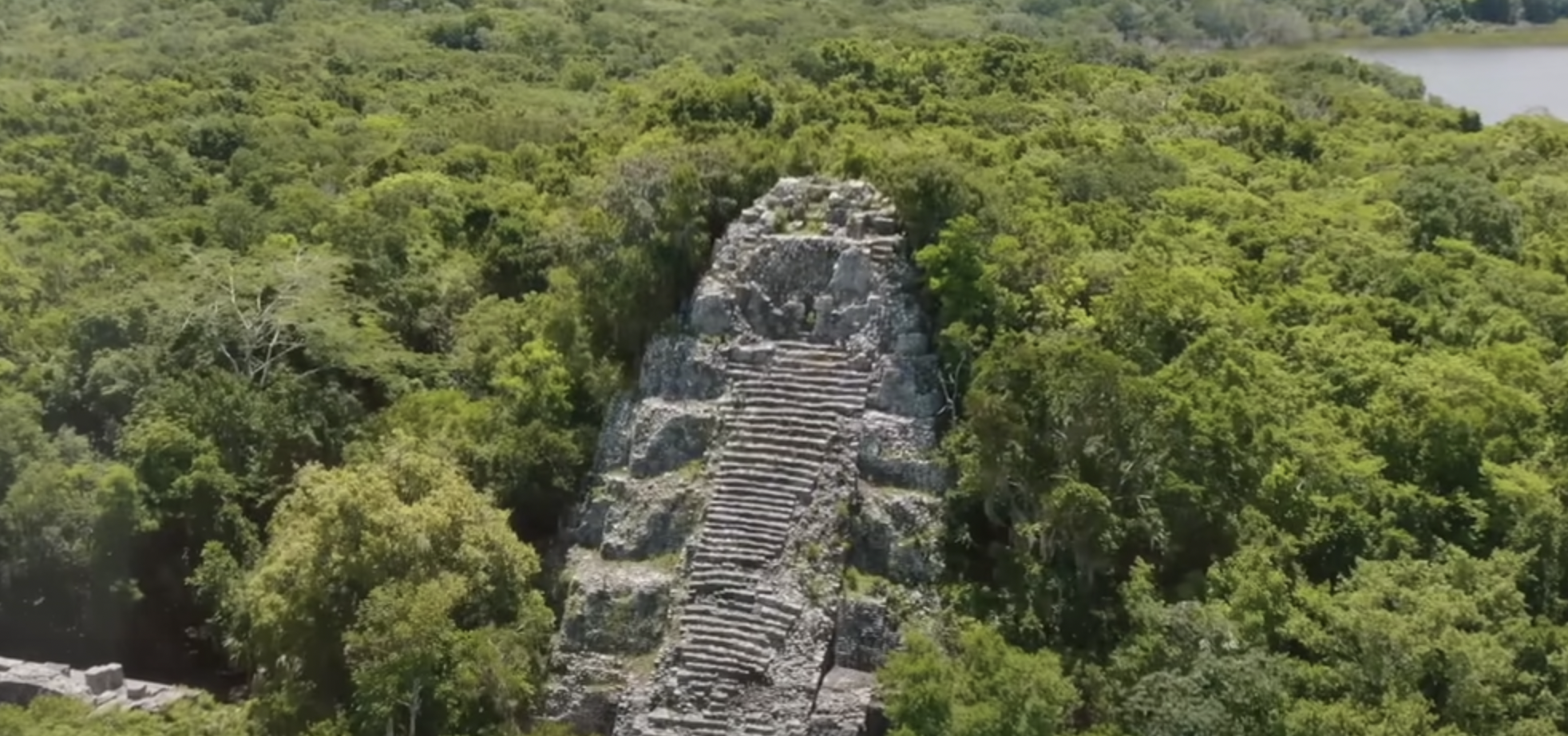
Around 40 kilometres northeast of Tenochtitlan (now Mexico City) lies the ruins of a city called Teotihuacan. It is estimated that the city was built sometime around the 1st century BC and had fallen into ruin by around the 8th century AD, but it is unknown which civilisation built the city, as they left nothing in the way of records. When the Aztecs discovered the ruins, they believed that the city had once been home to the gods, and the site remained of great religious importance to the Aztec Empire.
Burial practices varied depending on status in life
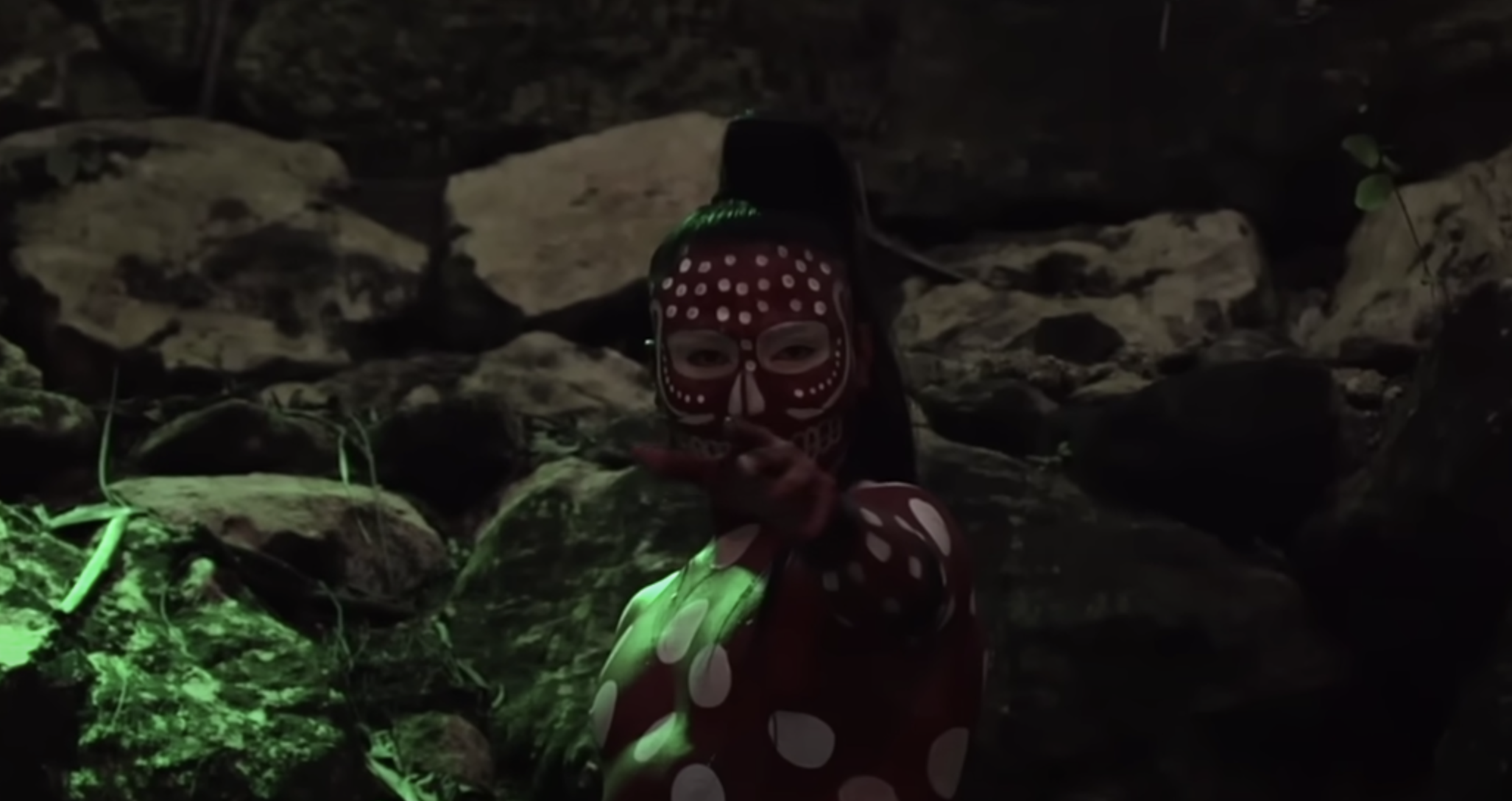
Aztecs funeral rituals depended entirely on the wealth and status enjoyed by the Aztec in life. Nobles and those with money were generally cremated in a ceremony overseen by a high-priest, and their prize possessions were often burned with them. Commoners, on the other hand, were often buried under their family homes. This was a practical solution that also allowed the deceased to remain close to their loved ones.
Aztecs understood how wheels worked, but didn’t use them
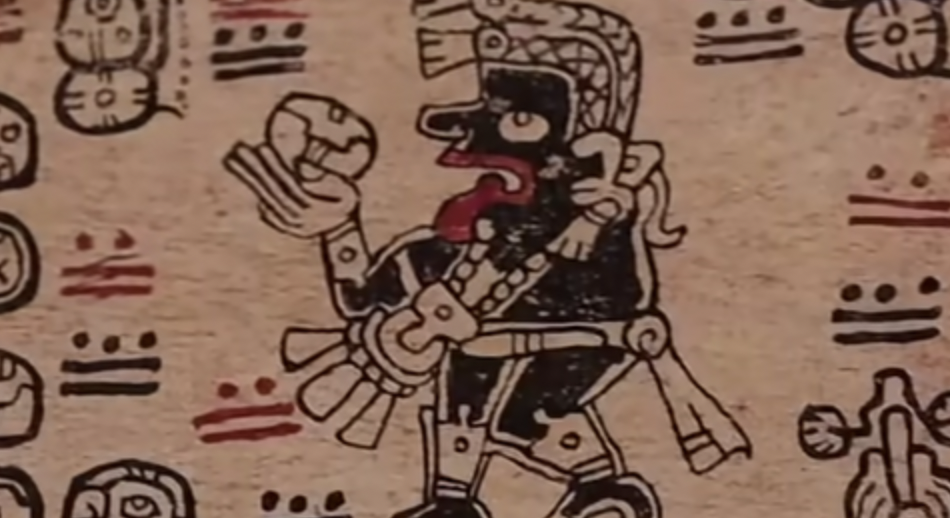
The invention of the wheel is often seen as one of the most pivotal moments in human history, and children’s toys discovered at Aztec sites clearly show that the civilisation understood how they worked. However, despite grasping the mechanics involved, the Aztecs never made wide use of wheels. Anthropologists believe that this is because the Aztecs were surrounded by mountainous terrain, which would have made the use of wheels for transport – in the form of carts, for example – not particularly effective.
Early Mexicans were divided over whether to study the Aztecs
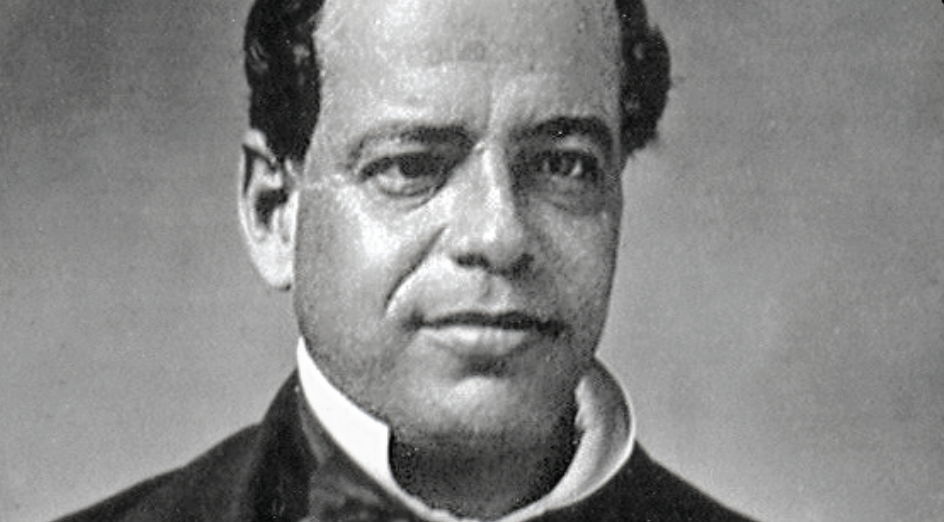
For much of its early history, Mexican society was divided over whether or not to study the Aztecs. Conservatives, uncomfortable with the idea of a thriving pre-Hispanic civilisation that worshipped false gods, were staunchly opposed to any archaeological or anthropological efforts to learn more about the Aztecs. Liberals, on the other hand, were keen to draw attention to what they viewed as the crimes of the Inquisition. In 1854, after the downfall of conservative leader Santa Anna, liberals swept to power and the country began to explore its Aztec origins.
Some Aztecs submitted to the Spaniards and became nobility
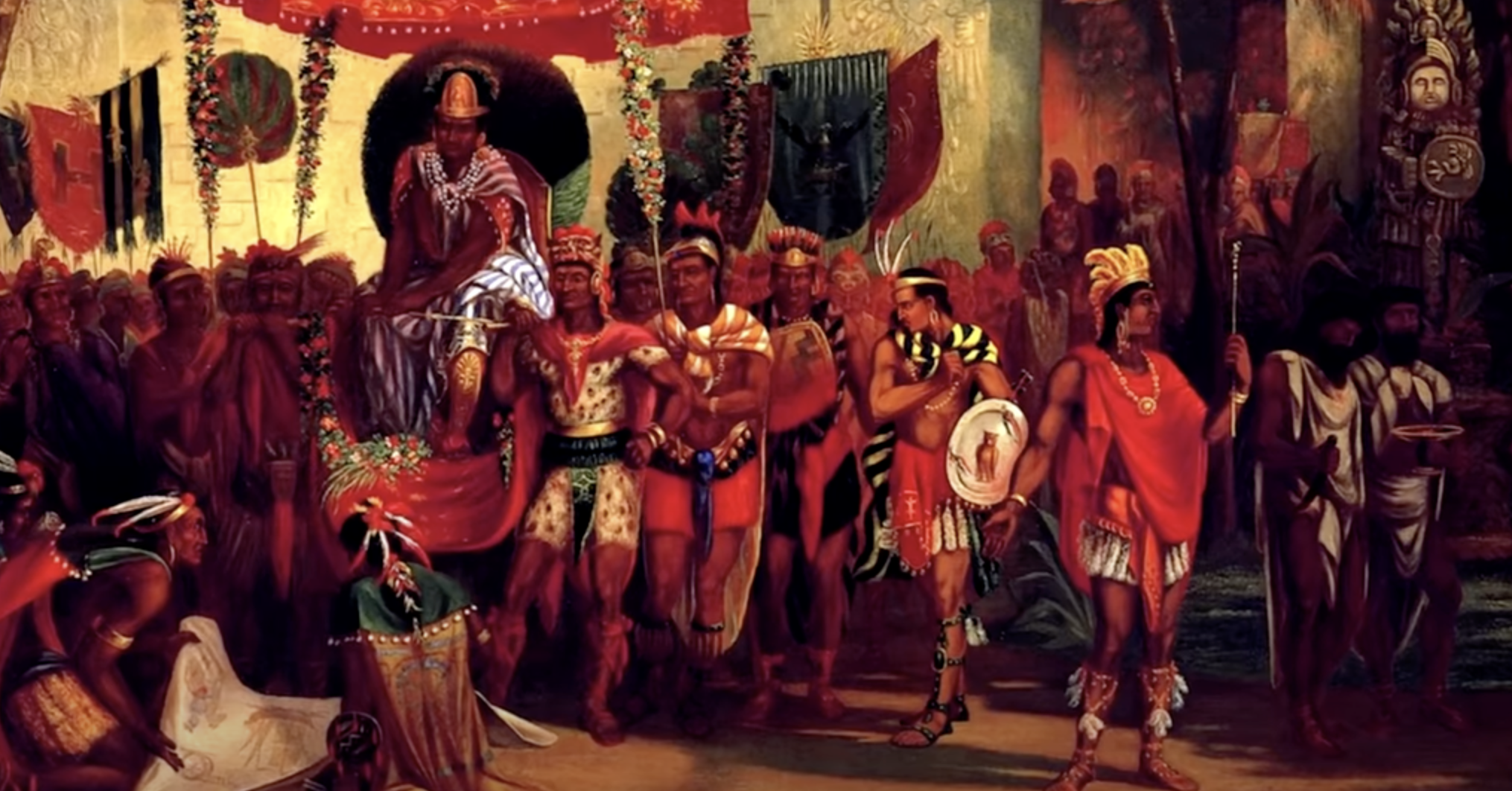
Aztec resistance to the Spanish Inquisition was fierce, and the Empire held out for almost two years, despite being heavily outgunned. Eventually, however, with their population ravaged by smallpox, the Aztecs crumbled and their capital was breached. Faced with the hopelessness of their situation, some of the remaining Aztecs chose to submit to the Spaniards, converting to Christianity and swearing allegiance to the Spanish crown. The Spaniards rewarded them by granting titles of nobility and giving them privileged positions within the new Spanish Empire.
The Aztecs made a lot of music
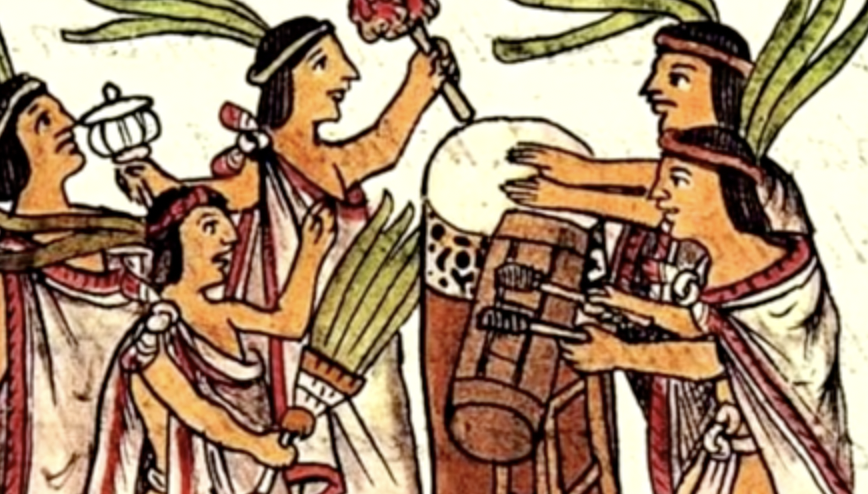
Many instruments have been uncovered at Aztec sites, including clay flutes, trumpets made from conch shells, ocarinas, and a wide variety of drums and rattles. The Aztecs also sang a lot, and had distinct genres of music. These included war songs known as ‘yaocuicatl’, which would be sung prior to battle; ‘teocuicatl,’ which were songs of praise devoted to Aztec deities; and ‘xochicuicatl,’ poetic songs that were based on stories from Aztec mythology.
Cortes was helped by civilisations that opposed the Aztecs
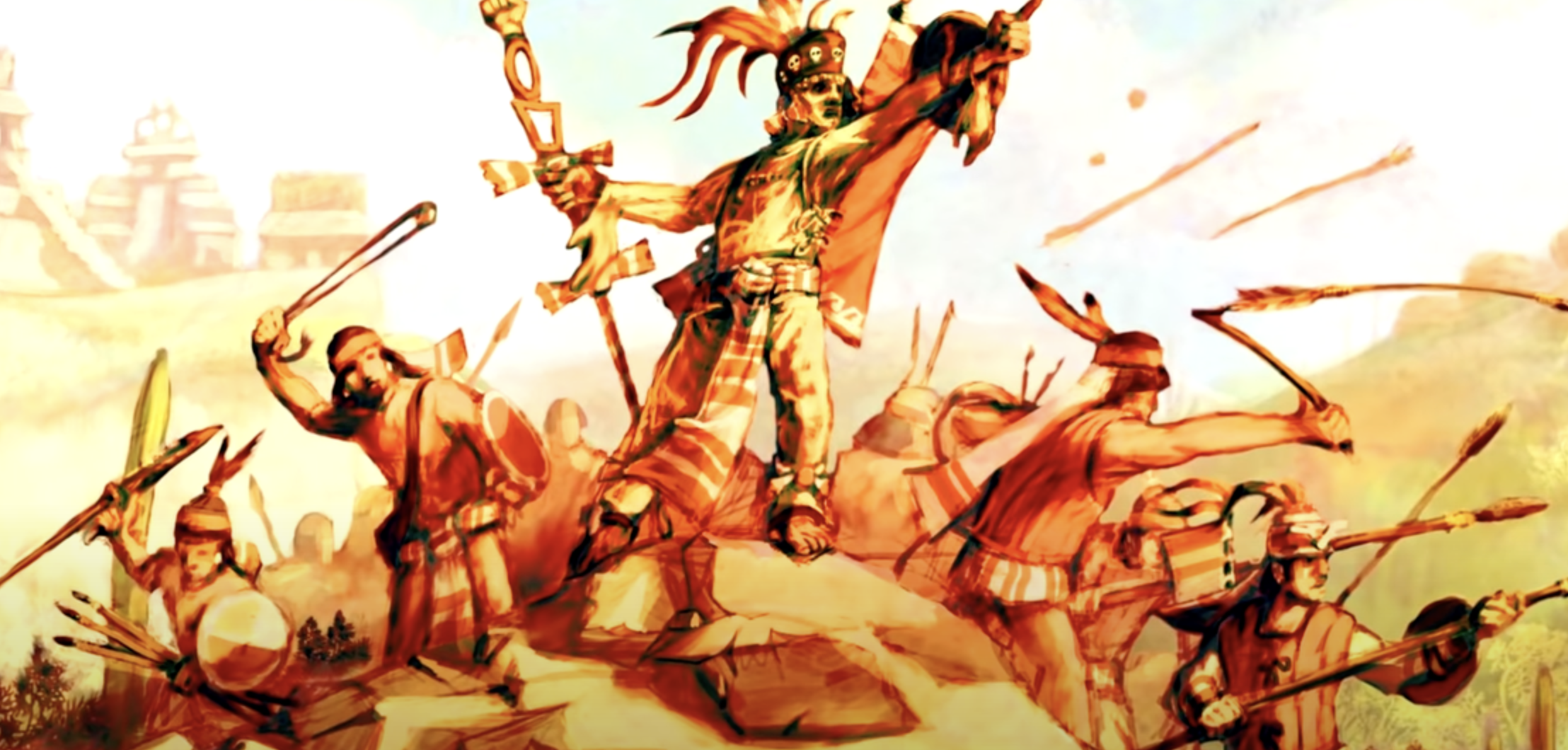
For over 200 years the Aztec Empire was the dominant force in the Basin of Mexico, and they took full advantage of their position of dominance, regularly engaging in wars with neighbouring civilisations for the sole purpose of acquiring captives for sacrifice. When Cortez landed in Hispaniola, he was accompanied by only around 100 conquistadores, nowhere near the number of men he would have needed to militarily defeat the Aztecs. However, he was able to form an alliance with the other civilisations in the region, including the Tlaxcala, who were thoroughly sick of the Aztecs’ reign of terror.